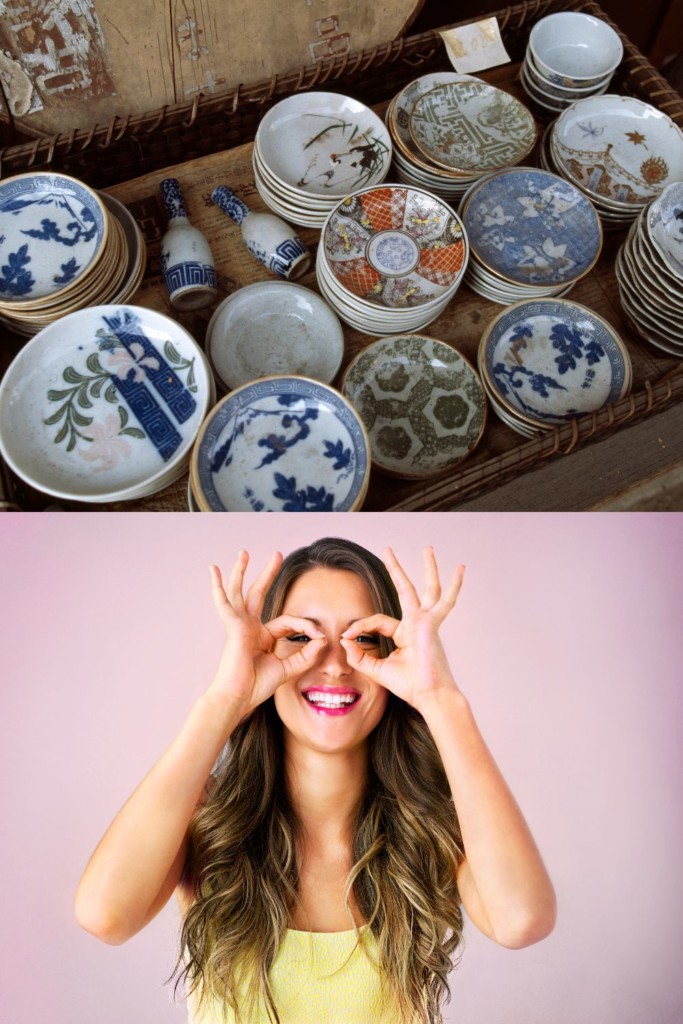They say that politeness is an inexpensive way of making friends, but first, you need the right words and expressions. Like “thank you” and “you’re welcome”.
In this blog post, I go over the basic Finnish phrases that are good to know for those learning the language and for tourists too.

Table of Contents
Is there a word for thank you in Finnish?
Yes, in Finnish, thank you is “kiitos”. Compared to many other Finnish words, it is easy to pronounce: [ˈkiːt̪o̞s̠]. For those who like reminders to jog their memory, it sounds a little like “key toss”.

In spoken language between friends, people might also say “kiitti”.
Other fun but very relaxed words you might hear someone use are “tattis” (from Swedish tack), or even “thanks”. Kiitos is a much safer option if you want to use the language yourself.
“Kiitos paljon”, which means thank you very much, usually implies that you are especially grateful. Unless someone is very angry at some misfortune you caused by being thoughtless (I hope not) and shouts “no kiitos paljon!” meaning “well, thank you very much!”.
If you want to refuse something, you can also use “ei kiitos” for no thank you. For example
“Haluaisitko lisää viiniä?” Would you like some more wine?
“Ei kiitos.” No, thank you.
No, thank you, is generally not considered rude in Finland, and it doesn’t have many good alternative answers. But if you don’t like using “no, thanks”, you can always add a short explanation for declining.
What is the Finnish word for please?
One word Finnish doesn’t really have is please. So please forgive any Finns who forget to use it in their English!
If you want to be very polite and it feels weird not to say please, you can add “kiitos” at the end of questions when asking for things like a cup of coffee. But it is just as polite to simply thank the person when they hand you the coffee.

Once you learn a bit more Finnish, there are polite forms of words such as “voisinko” for could I (please) and “saisinko” for “could I (please) get”. You don’t have to worry about them, as Finns don’t generally expect a word like please.
It can be strange for foreigners, but it is not considered impolite to walk in and order “one coffee” “yksi kahvi”. You can also say “yksi kahvi, kiitos”.
You’re welcome in Finnish
After you thank someone in Finnish, the other person might say “ole hyvä”. This means “be good”, but we use this phrase to say things like “you’re welcome”, “my pleasure” and “here you go”.
It is pronounced [ˈo̞le̞h ˈhyʋæ], a little like the Spanish Olé followed by hue and va from vat.
There are actually two common ways to use “ole hyvä” and the other one might be confusing. Imagine you ordered that coffee. As the barista hands you the coffee, he might say “ole hyvä”. You can respond with “kiitos”.

The other way to use the phrase is how you would use “you’re welcome”. For example, if you hold the door for someone and they say “kiitos”, you might reply with “ole hyvä”. Or if your friend asks you for more water, you pour them some and they say thank you. You might reply with “ole hyvä”.
It’s also not considered very rude if you don’t say “ole hyvä” in those situations.
You shouldn’t worry too much about being polite when you speak Finnish. Kiitos will go a long way if you act politely and orderly.
What about excuse me and sorry in the Finnish language?
You are hurrying to the door when you accidentally bump into someone. What can you say?
The Finnish word for sorry is “anteeksi”. It is pronounced [ˈɑn̪t̪e̞ːks̠i], a little like “antique see”.

It works as “excuse me” if you want to ask a question. “Anteeksi, meneekö tämä juna Helsinkiin?” Is a polite way of asking “Excuse me, does this train go to Helsinki?”
You will also often hear younger people use the word “sori”, from English sorry. Some might see it as impolite, but the good news is that all Finns are familiar with the English apology.
Other useful phrases include “olen pahoillani” which is used for I’m sorry when something unfortunate has happened, or your wish can’t be fulfilled.
For example, “olen pahoillani, mutta meillä ei ole vapaita pöytiä” means I’m sorry but we don’t have any free tables. The phrase implies a feeling of regret or being upset about a situation.
I hope learning these phrases builds your confidence in using everyday Finnish.
Are there any key expressions missing? Would you like to know something more about a specific phrase or word? Let me know in the comments.
Here are some other articles you might find interesting:
20 Sweet Ways to Say I Love You in Finnish
What are the most beautiful Finnish words? 50 words that inspire you
Funny Finnish Small Talk Habits You Will Run Into in Finland
Best Finnish Vocabulary Hacks with Complete Word Lists
FinNISH CONNECTION COLLECTION 🇫🇮

Finland-themed sweaters and accessories made-to-order. 🧡 Worldwide shipping.


Ikeh Mmaduabuchi
Saturday 11th of February 2023
Kiitos, palhjon ole hyvae and vaisinko.
Varpu
Saturday 25th of February 2023
Kiitos Ikeh!
Jimmy
Tuesday 13th of December 2022
Paljon kiitoksia
Varpu
Monday 19th of December 2022
Kiitos Jimmy!